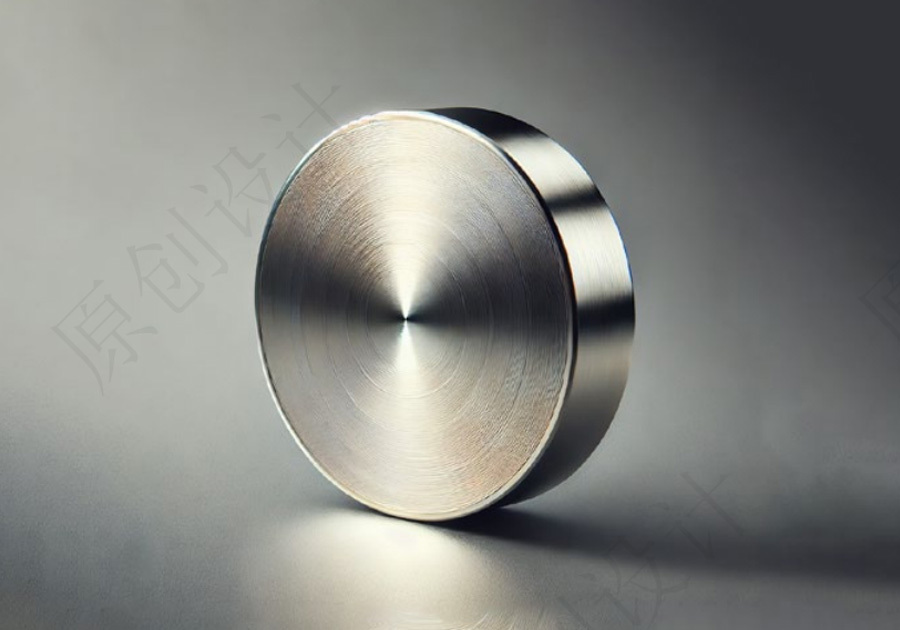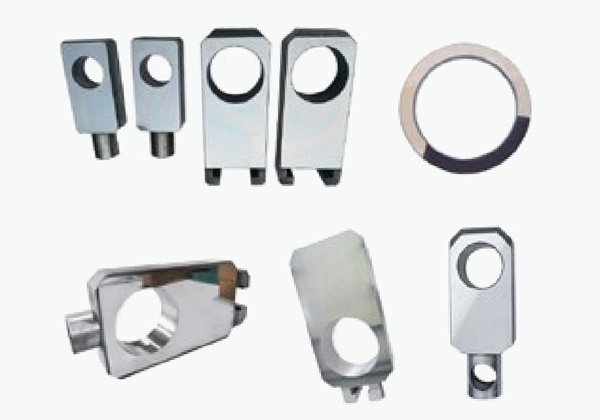DETAILED
AI Production Line
Significantly reduced training requirements, allowing new operators to get up and running quickly and easily
Category:
MicroThermics UHT/HTST
Keyword:
Foreign trade
DYNAMIC DAYLIGHT
Tel:
PRODUCT DETAILS
Production line host:Al Series UHT/HTSTLab-25 EHVH Laboratory production line (electric heating method) |
Inline homogenizer:Customized 3-piston, 600bar (sterilization version) |
External insulation tube4 x 30-second insulation tube 120 seconds @ 1LPM |
Filling stationUltra-clean filling hood with sterile product outlet &AccuFiITM automatic filling control system |
Advantages of ultra-intelligent automated control equipment
• Greatly simplifies equipment operation
• Significantly reduces training requirements, so new operators can get started quickly and easily
• Minimizes operator error
• Improves R&D efficiency
Easy and simple to use! Just press a button, and "Al Line" will automatically operate the following tasks:
• Start SIP to reach test conditions and notify operators that the product is ready
• More powerful display, alarms, notifications, and data logging allow operators to keep track of the entire test process at any time
• At the end of each day's test, it can be pre-set to simplify and facilitate CIP & high processing speed & automatic shutdown
Intelligent AI processing equipment reduces the daily processing time for operators, making it easy to cope and freeing up more energy!
For "start", "SIP", "CIP", "shutdown", each device can be automatically set.
Non-processing product time required for traditional laboratory systems:

New AI series intelligent system (can save up to 80% of non-processing and operation time)

More surprises
This equipment makes the processing process a true R&D tool, not a barrier. Get your products to market faster, easier, and more cost-effectively!
• Faster, simpler, and more convenient use in your own laboratory
• Flexibility - develop a wide range of product types on one system
• Precision - accurate R&D data means your products can be put into commercial production quickly and easily
• Durability - built for your unpredictable R&D reactions!
• Small batch requirements mean you can process multiple batches per day
• Wide range of options and customizations to meet your various R&D needs
• Warranty and technical support provided by industry leader MicroThermics for your peace of mind!
Flexibility of the processing process - indirect method, all the following functions can be completed on this equipment in one go!
• The homogenizer can be connected anywhere on the system (upstream, downstream, anywhere!)
• The ultra-clean filling hood works throughout the process to eliminate the risk of contamination.
• High-acid aseptic processing (HTST)
• HTST pasteurization, single and double stage
• With/without insulation tube
• Low-acid aseptic processing (UHT)
• Ultra-high temperature sterilization
• Continuous cooking
• Starch hydration
• Other custom processes
Diversity of product types that can be developed
| • Dairy products and flavored dairy products • Beverages, juices, tea and coffee • Nutritional supplements, broths |
• Meal replacements • Milkshakes, yogurt & ice cream • Pudding, cheese sauce & more... |
Product features
| • Easy - intelligent use/operation • Safety warning and data logging • Hygienic design • 6 insulation tubes ensure extreme flexibility • Jumper panel - virtually any process can be set • Includes startup and training |
• Includes all necessary components! • Convenient laboratory workbench housing with sink • Small footprint • Convenient CIP cleaning and SIP sterilization • Flow rate of 1-3LPM • Free technical support for qualified operators |
Flowchart example
UHT process configured with rear-end homogenizer and ultra-clean filling

FAQ

What are the regular maintenance tasks for a website?


What are the differences between UI and UX in website design?


What types of website hosting services are there?


What is the function of website traffic statistics tools?


How to choose the right website building technology for yourself?


How to start building your own website?

ONLINE INQUIRY
We will contact you within one working day. Please pay attention to your email.
RELATED PRODUCTS
Previous Page









